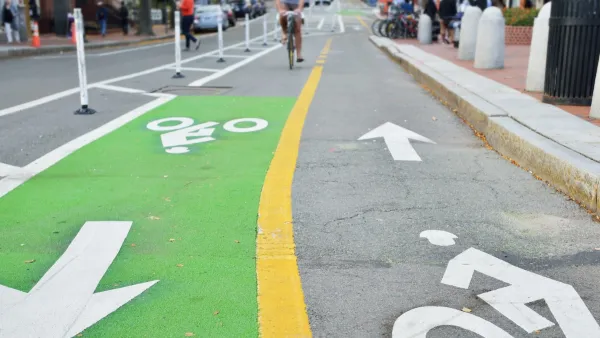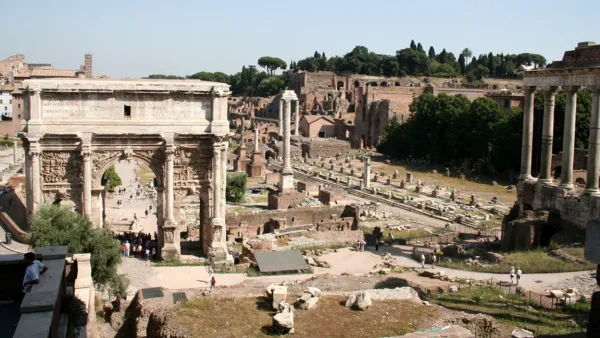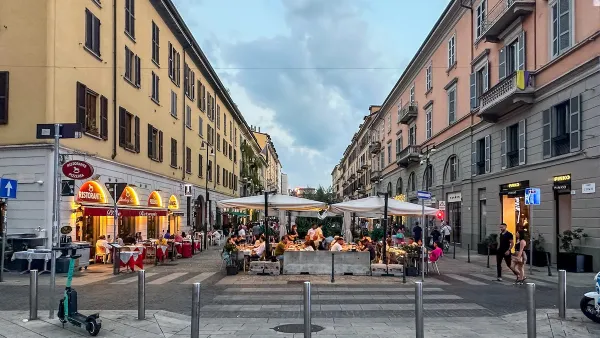In a globalized world, China's economic, environmental and urban development has implications for us all, posits Henry M. Paulson Jr. The problems the country faces, and any potential solutions, revolve around its approach to urbanization.
According to Paulson, the two pillars of growth that have driven China's economic emergence and global prosperity - investment and exports - are "delivering diminishing returns," He proposes that China adopt a new model for future success, “one that relies on consumption to generate growth, while addressing debt and broadening the use of sustainable energy and environmental practices.” Amid continued urbanization, the country's cities are key to this transformation.
Paulson highlights problems with China's local governance, construction industries and environmental factors, and illustrates how these affect the rest of world. For example, he points out, “[e]xperts found that dirty air from China contributed up to 20 percent of the ground-level pollution on the American West Coast in 2010.” China's air quality will only worsen as more of the hundreds of millions of Chinese consumers begin to own cars. To give a sense of its scale, Paulson writes, “[b]y 2025, China is projected to have a staggering 200 cities with populations over one million. America has just nine.”
For Paulson, cities are at the root of China's problems, as well as the source for solutions, especially now, as it experiences “its most severe economic downturn in decades." Chinese cities are home to hundreds of millions of consumers, often plagued by “debt, corruption and dissent," and responsible for producing “monster traffic jams and syrocketing pollution,” he explains. But, if China embraces new approaches and tools, including "instruction in sustainable practices for government leaders, public education in environmental issues and specialized training for the country’s urban planners,” it may be able to address the many issues it faces as it continues to urbanize.
FULL STORY: How Cities Can Save China

National Parks Layoffs Will Cause Communities to Lose Billions
Thousands of essential park workers were laid off this week, just before the busy spring break season.

Retro-silient?: America’s First “Eco-burb,” The Woodlands Turns 50
A master-planned community north of Houston offers lessons on green infrastructure and resilient design, but falls short of its founder’s lofty affordability and walkability goals.

Delivering for America Plan Will Downgrade Mail Service in at Least 49.5 Percent of Zip Codes
Republican and Democrat lawmakers criticize the plan for its disproportionate negative impact on rural communities.

Test News Post 1
This is a summary

Test News Headline 46
Test for the image on the front page.

Balancing Bombs and Butterflies: How the National Guard Protects a Rare Species
The National Guard at Fort Indiantown Gap uses GIS technology and land management strategies to balance military training with conservation efforts, ensuring the survival of the rare eastern regal fritillary butterfly.
Urban Design for Planners 1: Software Tools
This six-course series explores essential urban design concepts using open source software and equips planners with the tools they need to participate fully in the urban design process.
Planning for Universal Design
Learn the tools for implementing Universal Design in planning regulations.
EMC Planning Group, Inc.
Planetizen
Planetizen
Mpact (formerly Rail~Volution)
Great Falls Development Authority, Inc.
HUDs Office of Policy Development and Research
NYU Wagner Graduate School of Public Service





























